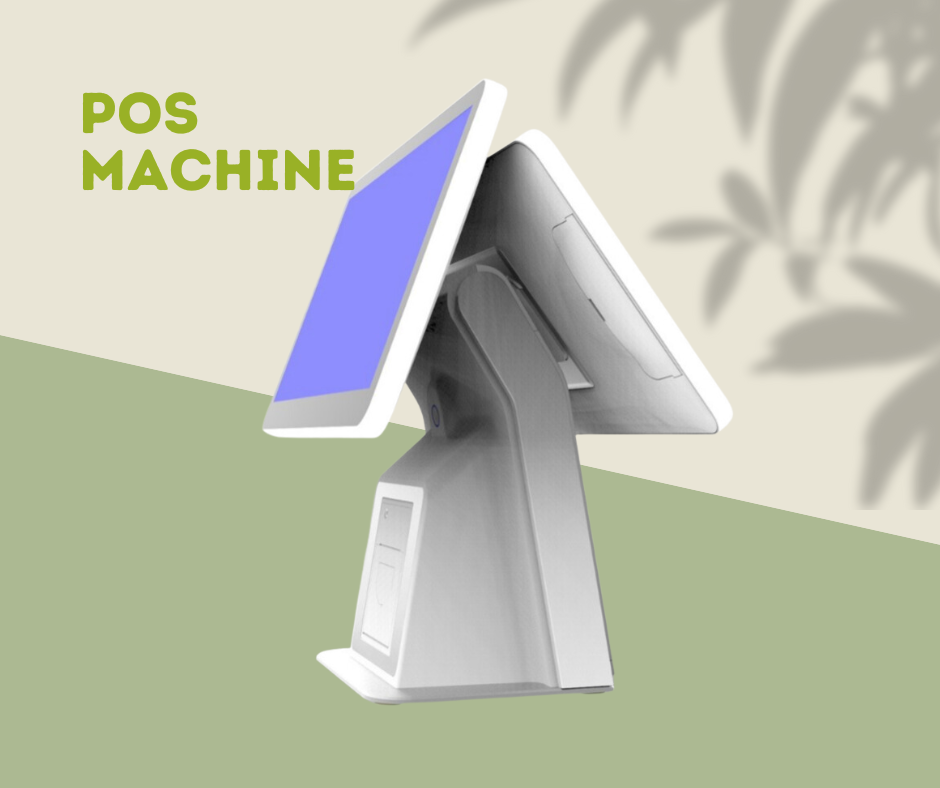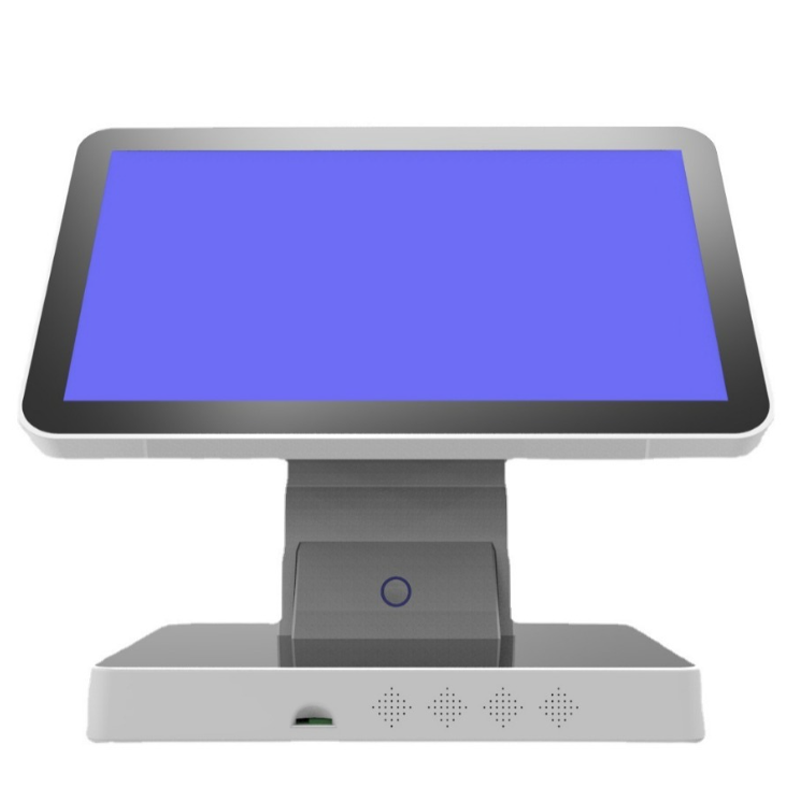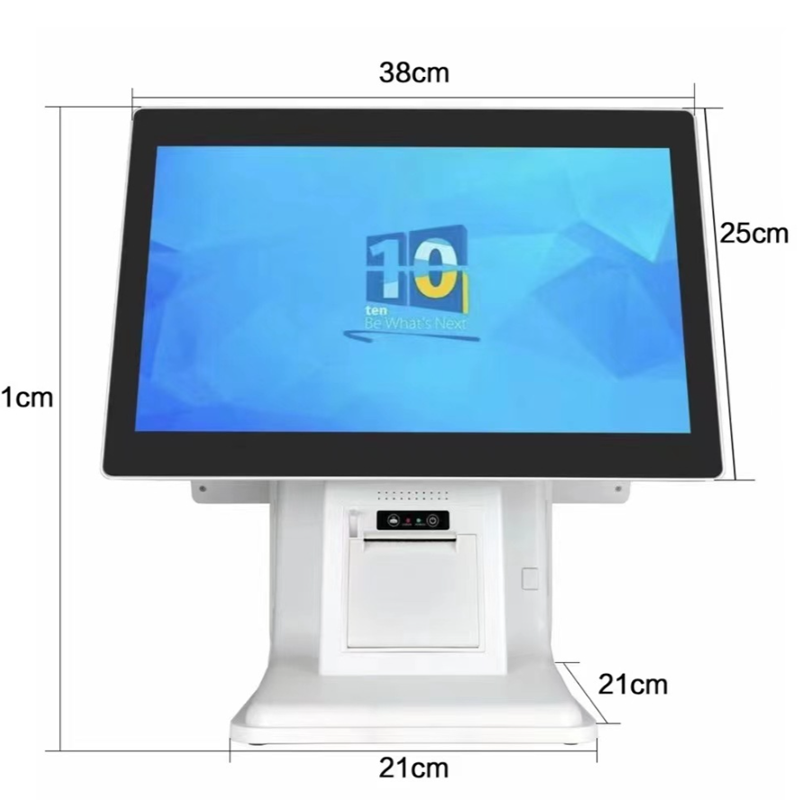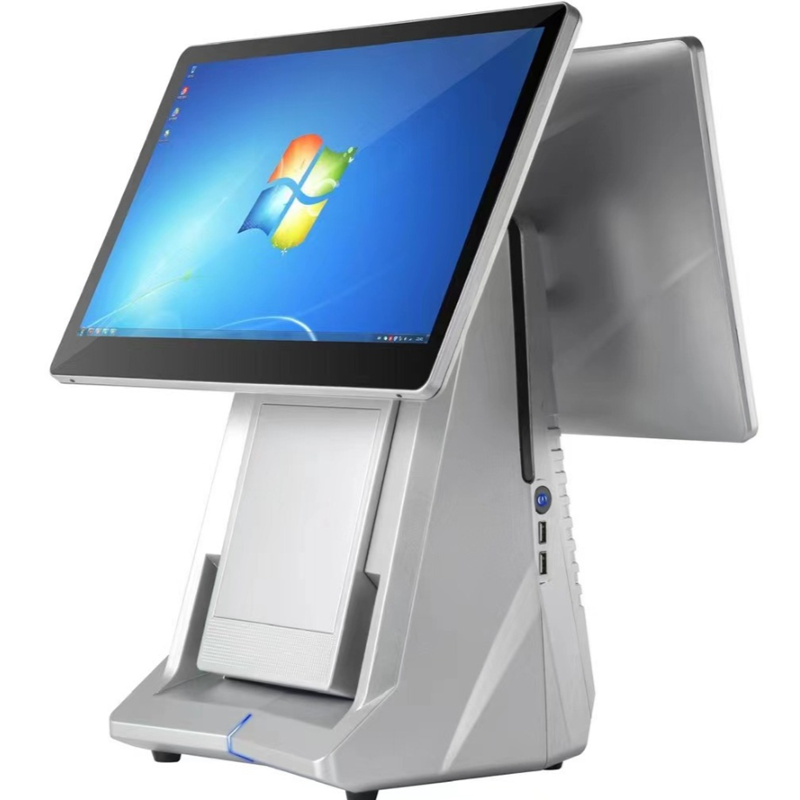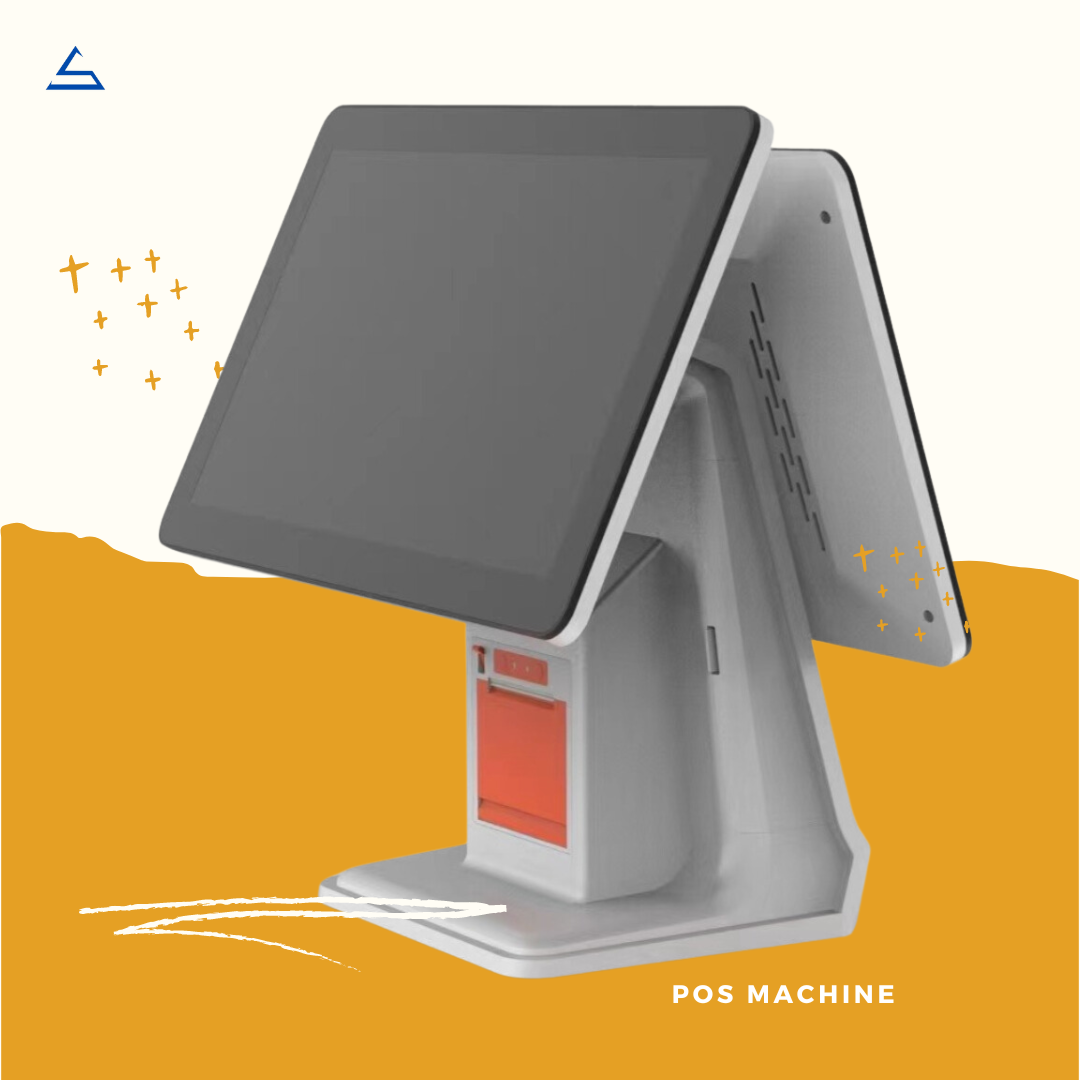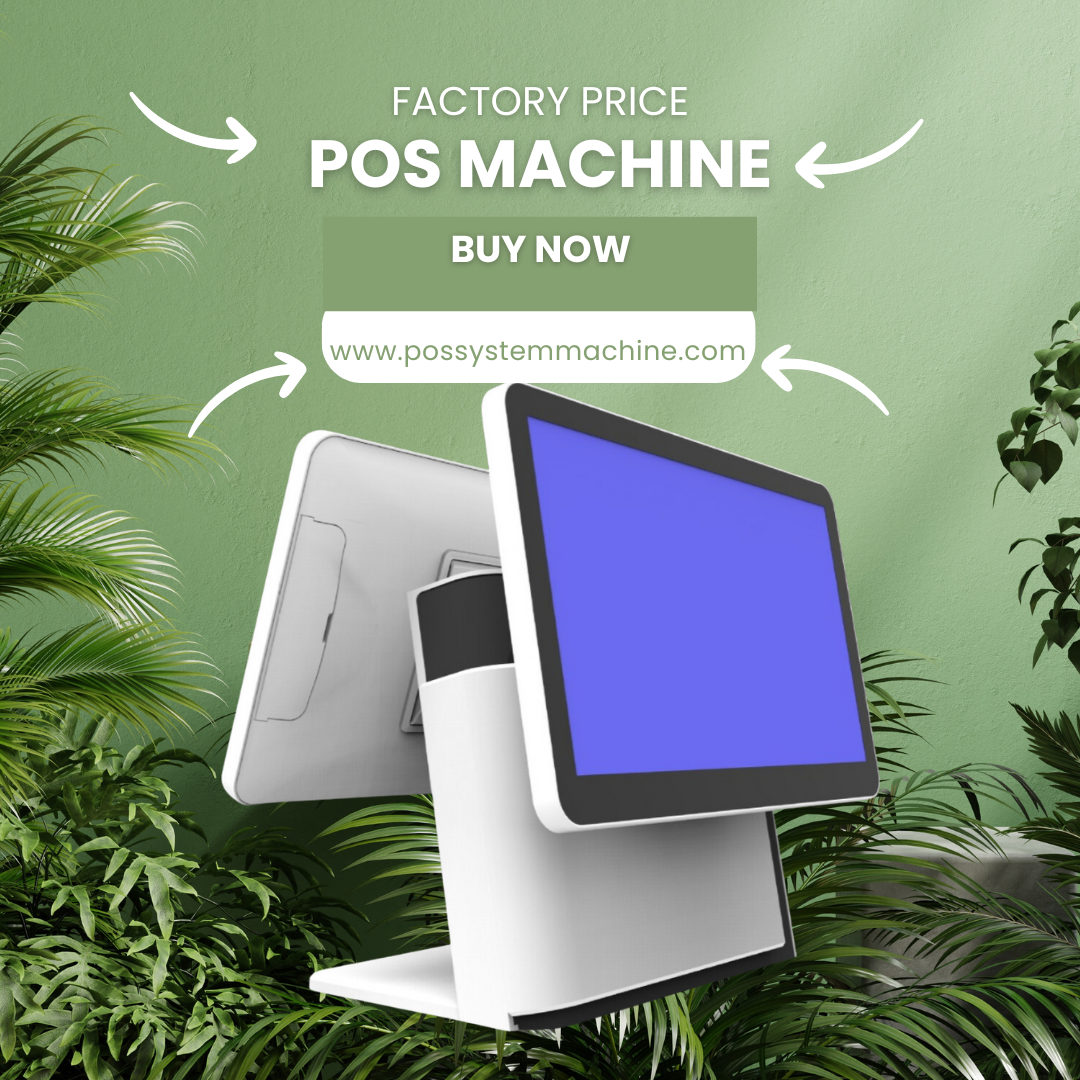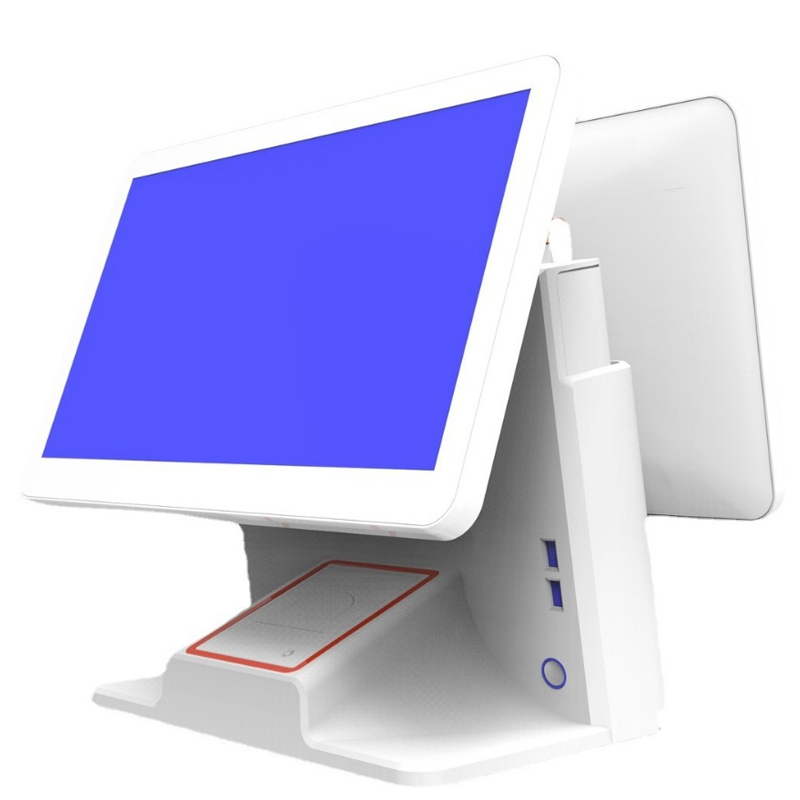What Are POS Systems?
Innholdsfortegnelse
Sammendrag
Point of sale (POS) systems are the beating heart of modern retail and hospitality businesses. These powerful tools have revolutionized how transactions are processed, inventory is managed, and customer data is collected. In this comprehensive guide, we’ll explore the ins and outs of POS systems, their benefits, and how to choose the right one for your business. Whether you’re a small boutique owner or managing a large restaurant chain, understanding POS technology is crucial for staying competitive in today’s fast-paced market.
Hva er egentlig et POS-system?
A point of sale (POS) system is the central hub where retail transactions are completed. It’s the modern equivalent of a cash register, but with significantly more capabilities. POS systems typically include both hardware and software components that work together to process sales, track inventory, and gather valuable customer data.The term “POS” can refer to the physical location where a transaction occurs, as well as the software and hardware used to facilitate that transaction. In essence, it’s where your customer makes a payment for products or services at your store.
Hvordan fungerer et POS-system?
POS systems operate by integrating various components to create a seamless transaction process. Here’s a basic overview of how a typical POS system functions:
- Item selection: The cashier scans barcodes or manually enters product information.
- Prisberegning: Systemet beregner totalsummen, inkludert avgifter og rabatter.
- Payment processing: The customer pays using cash, credit card, or mobile payment methods.
- Receipt generation: A receipt is printed or emailed to the customer.
- Inventory update: The system automatically adjusts inventory levels.
- Data recording: Transaction details are stored for reporting and analysis.
This process happens in seconds, providing a smooth experience for both the customer and the business owner.
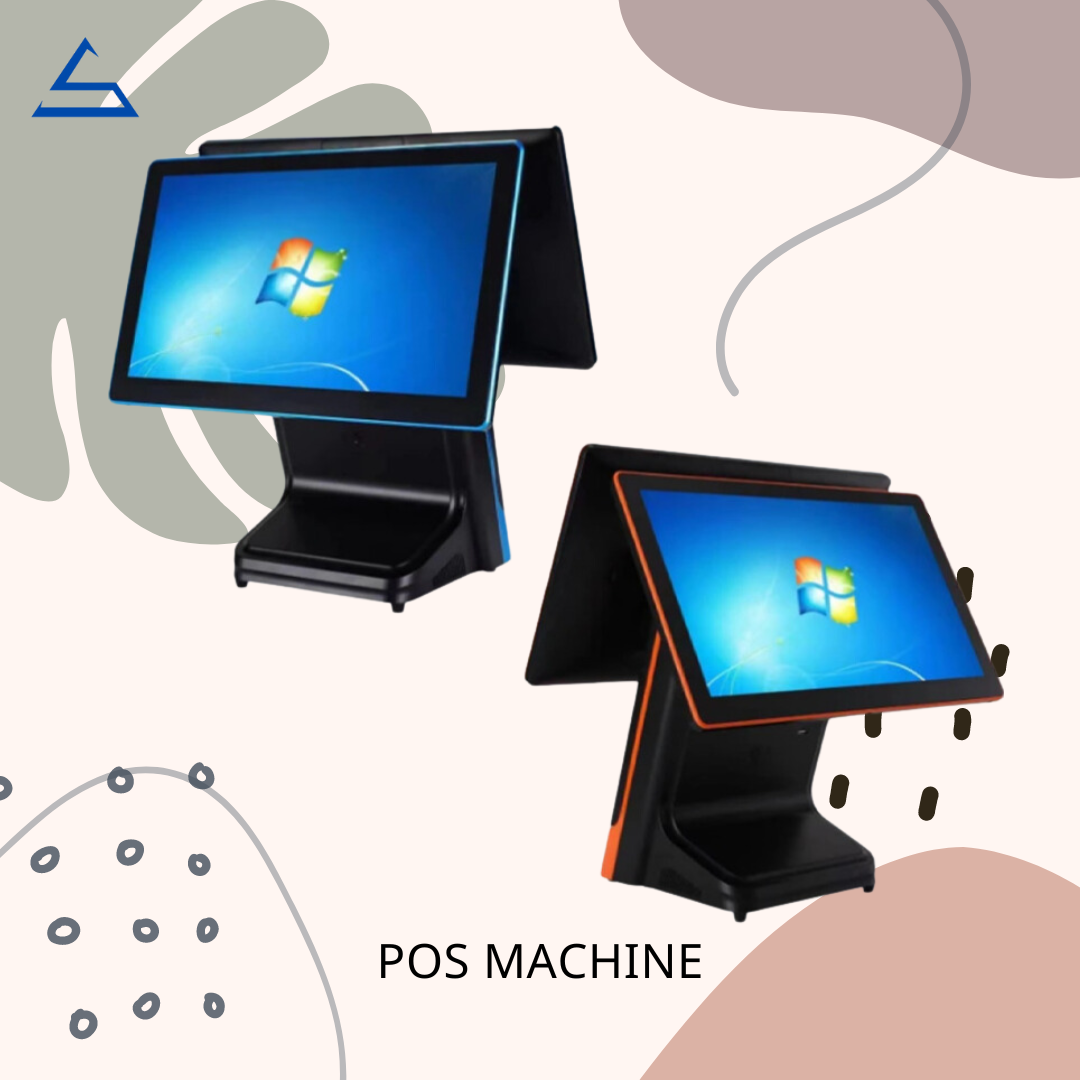
Hva er de viktigste komponentene i et POS-system?
A comprehensive POS system consists of several essential components:
- Hardware:
- Kasseskuff
- Kvitteringsskriver
- Strekkodeskanner
- Credit card reader
- Touchscreen monitor or tablet
- Software:
- Transaction processing
- Lagerstyring
- Styring av kunderelasjoner (CRM)
- Rapportering og analyse
- Payment processing:
- Integration with various payment methods
- Secure transaction handling
- Backend management:
- Cloud-based data storage
- Remote access capabilities
Each of these components plays a crucial role in creating a fully functional POS system that can handle the complexities of modern business operations.
Hva er de forskjellige typene POS-systemer?
POS systems come in various forms, each tailored to specific business needs:
- Retail POS systems
- Restaurant POS systems
- Mobile POS systems
- Skybaserte POS-systemer
- Flerkanals POS-systemer
The type of POS system you choose will depend on your business model, industry, and specific requirements.
Hva er fordelene med å bruke et POS-system?
Implementering av en POS system can bring numerous advantages to your business:
- Improved efficiency: Streamline checkout processes and reduce human error.
- Enhanced inventory management: Real-time tracking and automated reordering.
- Better customer insights: Collect and analyze customer data for personalized marketing.
- Increased security: Reduce theft and fraud with advanced security features.
- Simplified reporting: Generate detailed sales reports and financial analytics.
- Skalerbarhet: Legg enkelt til nye funksjoner eller lokasjoner etter hvert som virksomheten vokser.
These benefits can lead to increased profitability and improved customer satisfaction.
Hvordan velge riktig POS-system for din bedrift?
Selecting the best POS system for your business requires careful consideration of several factors:
- Business type and size
- Budget constraints
- Required features and integrations
- Ease of use and training requirements
- Scalability and future growth potential
- Customer support and reliability
It’s essential to research and compare different options before making a decision. Consider reading reviews, requesting demos, and consulting with industry peers to find the best fit for your needs.
Hva er de nyeste trendene innen POS-teknologi?
The POS industry is constantly evolving. Here are some of the latest trends to watch:
- Mobile POS solutions
- Contactless payment options
- AI-powered analytics and forecasting
- Integrasjon med e-handelsplattformer
- Skybasert POS systems
- Omnichannel retail support
Ved å holde deg informert om disse trendene kan du ta fremtidssikre beslutninger for virksomheten din.
Hvordan kan et POS-system forbedre kundeopplevelsen?
Et godt implementert POS-system kan forbedre kundeopplevelsen på flere måter:
- Raskere utsjekkingstid
- Personalized offers and recommendations
- Flexible payment options
- Accurate inventory information
- Seamless loyalty program integration
- Efficient handling of returns and exchanges
By improving these aspects of the customer journey, businesses can increase satisfaction and encourage repeat visits.
What Security Measures Should a Good POS System Have?
Security is paramount when it comes to POS systems. Here are some essential security features to look for:
- Ende-til-ende-kryptering
- Overholdelse av PCI DSS
- Kontroll av brukertilgang
- Regular software updates
- Algoritmer for å oppdage svindel
- Secure cloud backup
Implementing these security measures can protect both your business and your customers from potential threats.
How Can POS Systems Integrate with Other Business Tools?
Modern POS systems are designed to work seamlessly with other business tools, including:
- Regnskapsprogramvare
- Customer relationship management (CRM) systems
- E-handelsplattformer
- Employee management tools
- Marketing automation software
These integrations can help create a more cohesive and efficient business ecosystem, allowing for better data flow and decision-making.
What Are the Potential Challenges of Implementing a POS System?
Mens POS systems offer many benefits, there are also potential challenges to consider:
- Initial cost and ongoing fees
- Staff training and adaptation
- Technical issues and downtime
- Data migration from old systems
- Keeping up with software updates
Being aware of these challenges can help you prepare and mitigate potential issues during implementation.In conclusion, POS systems are an essential tool for modern businesses, offering a wide range of benefits from improved efficiency to enhanced customer experiences. By understanding the key components, types, and features of POS systems, you can make an informed decision about which solution is best for your business. As technology continues to evolve, staying up-to-date with the latest POS trends and integrations will be crucial for maintaining a competitive edge in the market.
Stikkord
Produkt
Blogg
Kontakt oss
Relaterte produkter
Ofte stilte spørsmål om produksjon av trekasser

